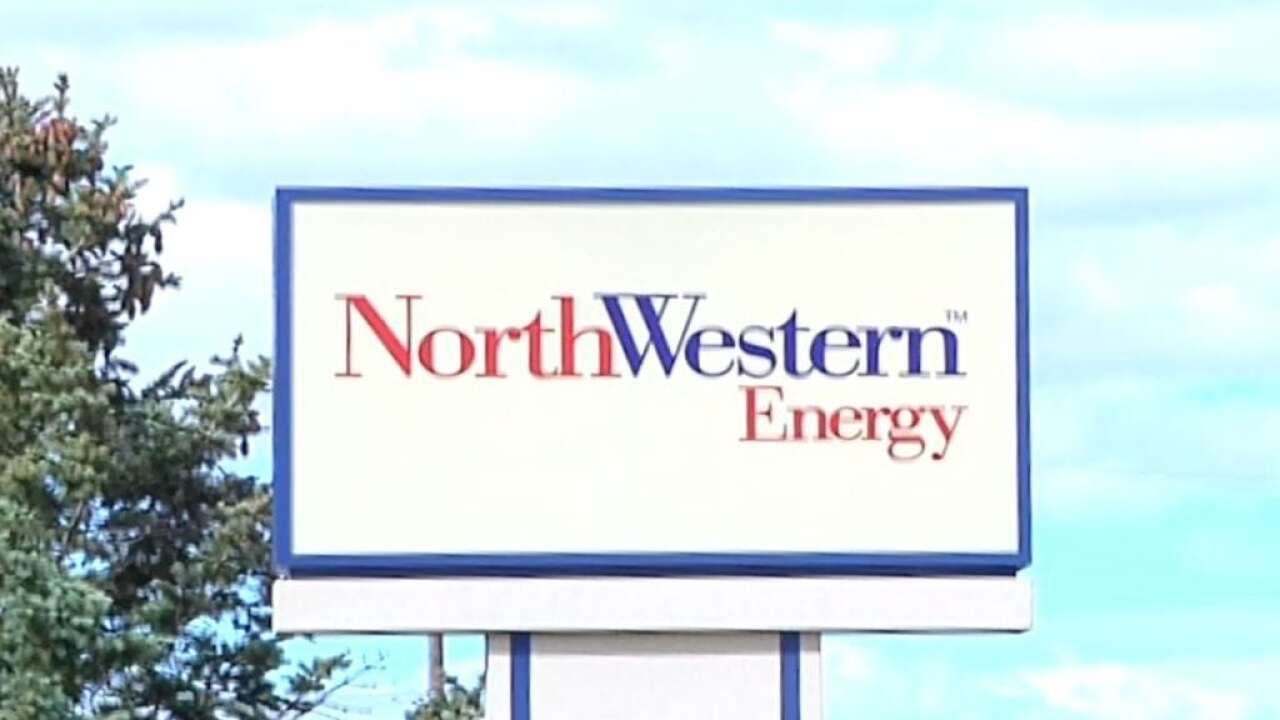GREAT FALLS — Sunday, August 24 is National Hydropower Day. Nearly 35% of electricity for Northwestern Energy customers in Montana comes from hydropower, contributing to the state's impressive renewable energy portfolio where more than 60% of energy comes from carbon-free sources.
Northwestern Energy, Montana's largest utility, owns and operates 11 hydroelectric facilities across the state, including Hauser and Holter in Lewis and Clark County and five dams in Cascade County: Black Eagle, Cochrane, Morony, Ryan and Rainbow.
Tim McGonigal reports - watch:
"If the wind quits blowing or the sun quits shining, hydro kind of shines and you know the water is going to be there," said Jerry Gray, superintendent of hydropower operations and maintenance for the five Great Falls dams.
Rainbow Dam, which has a full load capacity of about 65 megawatts, exemplifies the reliability of hydroelectric power. Gray said one of hydropower's greatest advantages is its consistent fuel source.
"It's not unlimited fuel, but you have constant fuel. And although it does change seasonally, it's very predictable," Gray said. "So when we are making our generation forecast for next year will be within usually a couple hundred megawatts for the whole year of how much power we're going to produce."
Environmental benefits and fish habitat
Three of the five Great Falls dams were strategically built above natural waterfalls to harness the water's natural flow while minimizing environmental disruption. Gray explained that the natural falls already prevented fish migration, so the dams didn't alter existing fish patterns.
"The natural falls prohibited natural fish migration up and down the river. So when the dams were added, it didn't change the fish habits at all. They're essentially what they were over 100 years ago before the dams were built," Gray said.
During hot summer days, water passing through the generators actually emerges cooler, benefiting trout habitat.
"Blue ribbon streams, here in Montana, are largely due to some of the dams," Gray said.
Modern upgrades ensure reliability
Rainbow Dam, built in 1908, has undergone significant modernization over its century-plus of operation. The facility now features a modern powerhouse on higher ground that serves as a generation control center for Northwestern Energy's other powerhouses across Montana.
The powerhouse was rebuilt relocated in 2013, Gray explained.
"Part of the reason that powerhouse was replaced in 2013 was its proximity to some other water features. And we had our main control center down there. So if any part of the dam failed, which we do emergency action plans and annual engineering studies to make sure that doesn't happen. But if it were to have happened, that control center in powerhouse would have been underwater," Gray said.
Future outlook
Industry experts remain optimistic about hydropower's long-term viability in Montana. Gray believes these facilities could continue operating well into the next century with proper environmental stewardship.
"If you work together, looking at environmental risks and benefits and the major benefit that the power provides to the communities in the state, I think we can easily see another 100 years plus out of these existing facilities," Gray said.



